- For 2024, the ID.4 gets a welcome refresh to its infotainment system.
- More power is on tap for both rear- and all-wheel-drive models.
- You’ll need to spring for the larger 77-kWh battery pack if you want all the 2024 ID.4's improvements.
Driven: A Quick Excursion in the 2024 Volkswagen ID.4 Shows Improvements in the Right Places
You'll have to get the larger pack for the best upgrades
The first time I drove the ID.4, Volkswagen’s compact all-electric SUV, I was impressed by its powertrain and ample interior space. What left me hanging, however, was the infotainment system. The menu structure was confusing, the layout was muddled and the controls difficult to use.
On a quick drive at the IAA Mobility auto show in Munich, I learn that Volkswagen listened to consumers, giving us a revamped system for 2024 that is much easier to use. In addition, we’ll get more power and torque from a new performance drive unit. There is, however, one small catch.
For 2024 the ID.4 will be available in Standard/Pro, S and S Plus trims. Buyers will get their choice of rear- or all-wheel drive. Both drivetrains are available with an entry-level battery pack with 58 kWh of usable capacity (62 kWh total) or a larger pack with 77 kWh of usable capacity (82 kWh total). However, the improvements for 2024 will only be offered on vehicles with the larger battery. Though the ID.4 has the same battery capacity as last year, Volkswagen says range should improve just a bit for next year thanks to new drive motors. Estimates for the 2024 ID.4 aren't available yet, but current models with the larger pack can travel up to 275 miles with RWD and 255 miles with AWD. That’s a far cry above the 209 miles of range currently available with the 58-kWh battery, and we think the upgrade is well worth the extra few thousand dollars.
Am I Ready for an EV?
- EV ownership works best if you can charge at home (240V outlet)
- Adding a home charging system is estimated to cost $1,616 in
- Edmunds is partnering with Treehouse, an independent provider of home EV installation services. Learn more about the installation services partnership
Go big or go home
My drive is in a rear-wheel-drive ID.4 with the larger pack and thus new technology. A large 12.9-inch screen is the star here, with the interface divided into three distinct segments. A static top band features configurable shortcut icons to apps. If you want quick access to Spotify, navigation and driver aid settings, this is where you set it up. A similar static band runs along the bottom of the screen with key climate controls.
However, moving the air vents takes a few taps on the screen. No, you can’t just move the vents with your fingers like in your mom’s 1981 Toyota Celica. Instead it requires a tap of the Climate icon and then dragging your finger along the screen to redirect the air. To be fair, the screen’s response times are super-fast and the vents likely need to be controlled virtually in order to offer adjustment via in-car commands — more on this later — but it just seems like such a rigamarole.
At any rate, between those two narrow bands is the home screen, complete with reconfigurable tiles. You can set it up to see navigation, music and state of charge, add in a tile for voice assist — whatever you want. Here you can also see icons of all the apps as well as dial in the settings for the advanced driving systems and customize the sound of the optional Harman Kardon sound system. I didn’t get a ton of time to mess around with everything, but the infotainment technology seems to be much easier to navigate with a less confusing menu structure than in the past.
Below the screen are slider controls for temperature and volume. In the past these have been persnickety to use and, without any backlighting, impossible to see at night. Volkswagen has addressed both these issues, thankfully, and the slider buttons are much easier to operate and see when it’s dark. Proof positive that some manufacturers actually listen to customer complaints — if you spring for the larger pack, that is. Models with the standard battery still get sliders without backlighting.
One place where VW turned a deaf ear, however, is in the window controller. As in last year’s ID.4, there are only buttons for the left and right side windows. In order to roll the rear windows up or down, the driver must push a button labeled Rear. In the end Volkswagen just saves the installation of one button but adds a whole lot of frustration. Thankfully my friends are all old enough to roll down the rear windows themselves.
Mounted on the dash but definitely not in the dash is a small 5.3-inch digital instrument screen with information like speed, state of charge and the like. There is also a head-up display but it’s very tough to see with my polarized prescription sunglasses. I can make it out, but even at the brightest setting it’s difficult. If you think you’ll want to use this technology, be sure to use non-polarized lenses in your eyewear.
Volkswagen is now in the voice assistant game with, who else, IDA. She can change the temperature and move the vents automatically, swap up the ambient lighting or give you the day’s news. If you’re brave, ask her to tell you a joke. It will likely be bad, but you’ll get one.
Driving the autobahn
During my drive I get a taste of the autobahn, where speed is unlimited in some sections. My rear-wheel-drive tester has more ponies on tap than the previous model — 282 of them to be exact, up from 201 hp. All-wheel-drive models will come with 330 horsepower, bumped from last year's 295 hp. I push the accelerator flat to the floor and, even though the motor produces 402 lb-ft of torque, I am greeted with acceptable, though not stunning, acceleration. However, I’m soon toddling along at 165 kilometers per hour, or a smidge over 100 mph. The car feels stable and sure and I’m confident enough to flash my lights at someone hogging the fast lane in front of me.
I don’t get the chance to really dive into some corners on this quick test drive, but the suspension provides an admirably cushy ride at high speeds. In Sport mode, steering heft is increased and throttle response is noticeably sharpened.
However, if you like one-pedal driving, you’ll be disappointed in the ID.4. There is a B mode that adds brake regeneration when I lift off the throttle, but it’s not strong enough to bring the ID.4 to a complete stop. As someone who often drives in stop-and-go traffic, not having one-pedal driving is a deal-breaker for me. Your mileage may vary, of course.
Edmunds says
After this quick drive, we are looking forward to getting the 2024 Volkswagen ID.4 on our own turf for instrumented testing. We’d also like to really dive into this new infotainment system and see how it works on a day-to-day basis. We have no word on pricing for the 2024 model, but the current ID.4 starts at just over $40,000 including destination. We expect this revised model to be a few thousand dollars more.
The good news is that the ID.4 is assembled in the United States of locally sourced parts. Therefore, it is eligible for the full $7,500 federal tax credit, assuming the buyer meets the necessary income requirements.
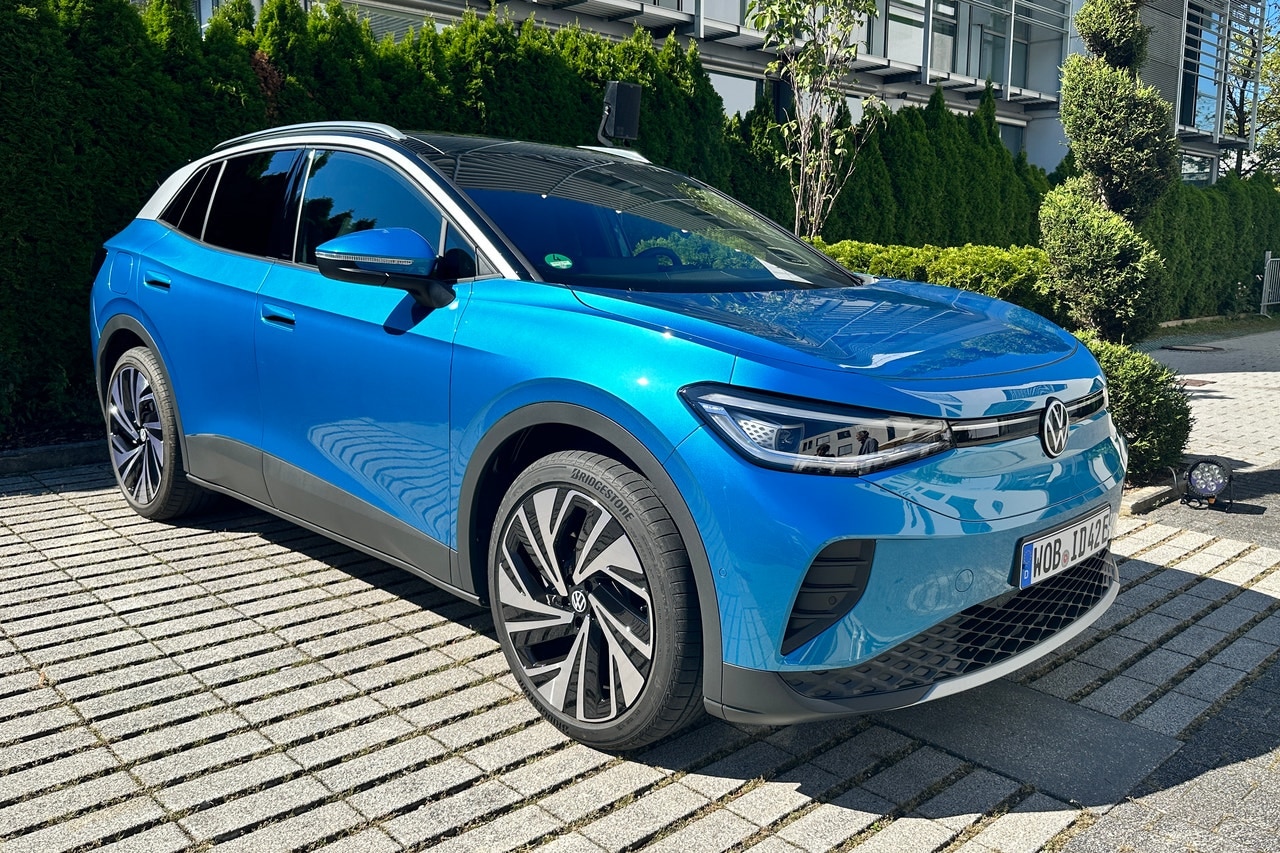
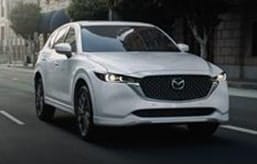
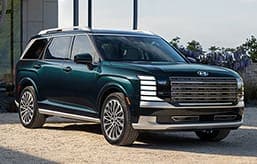
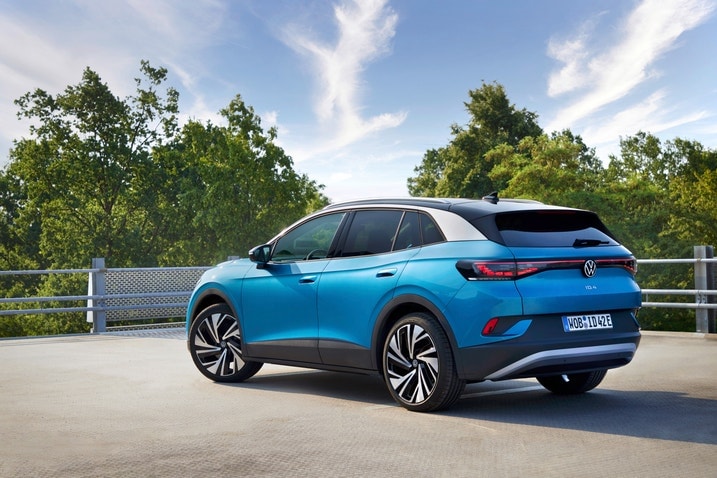
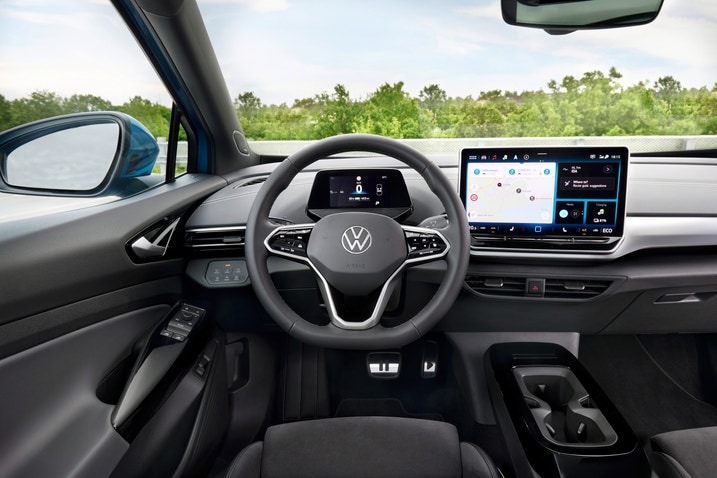
.jpg) by
by